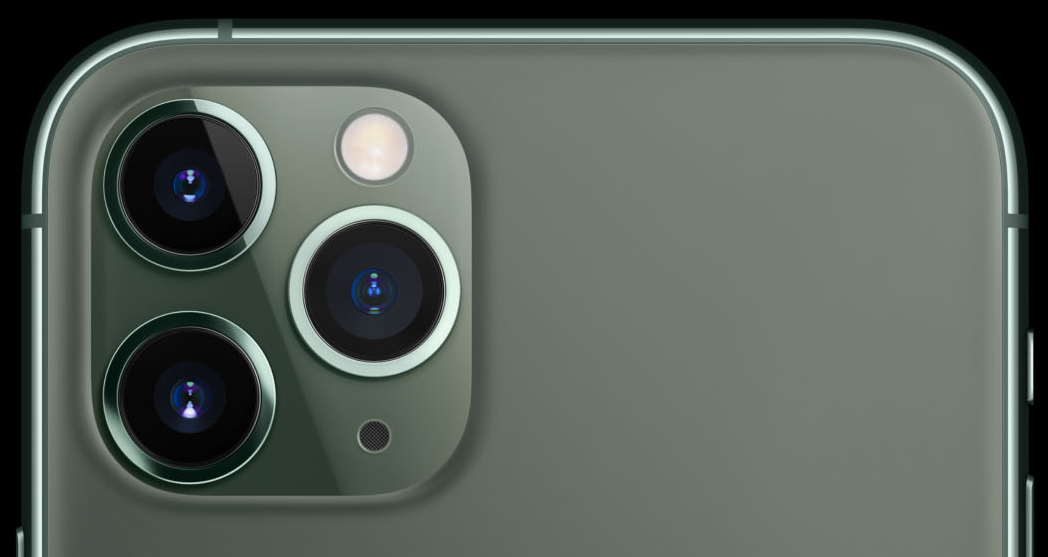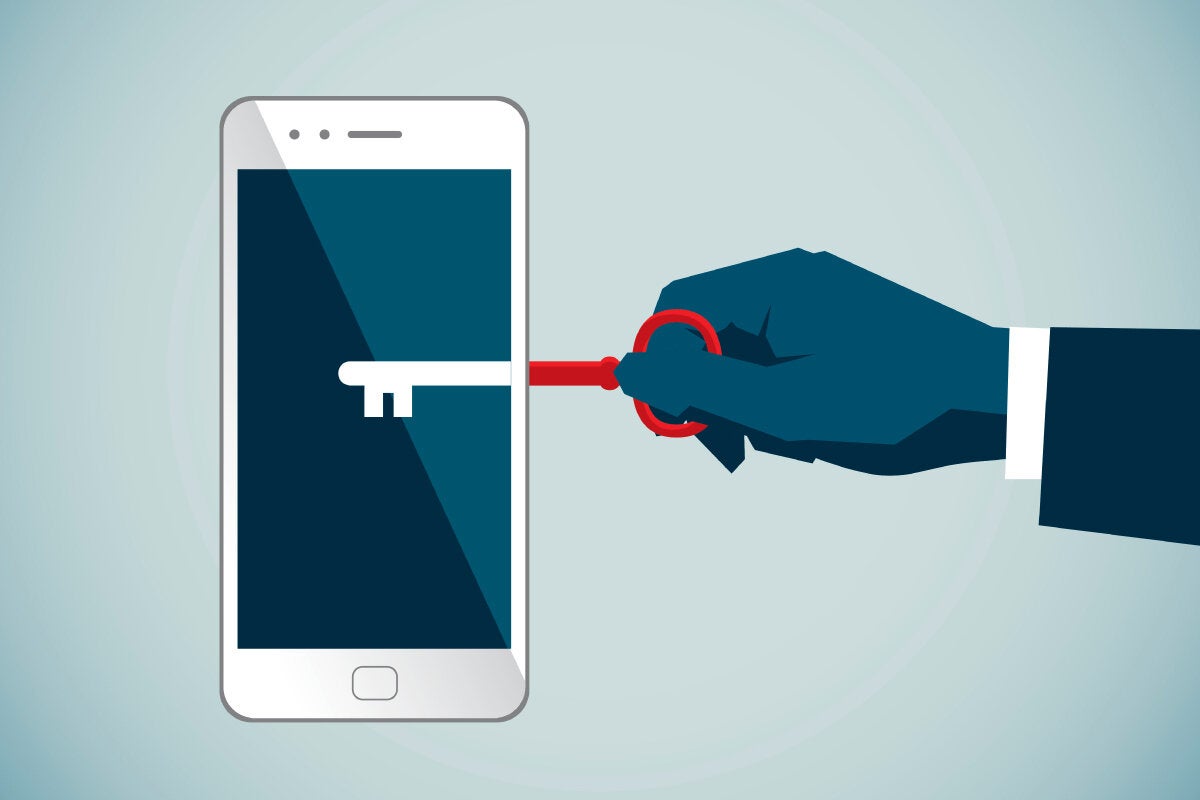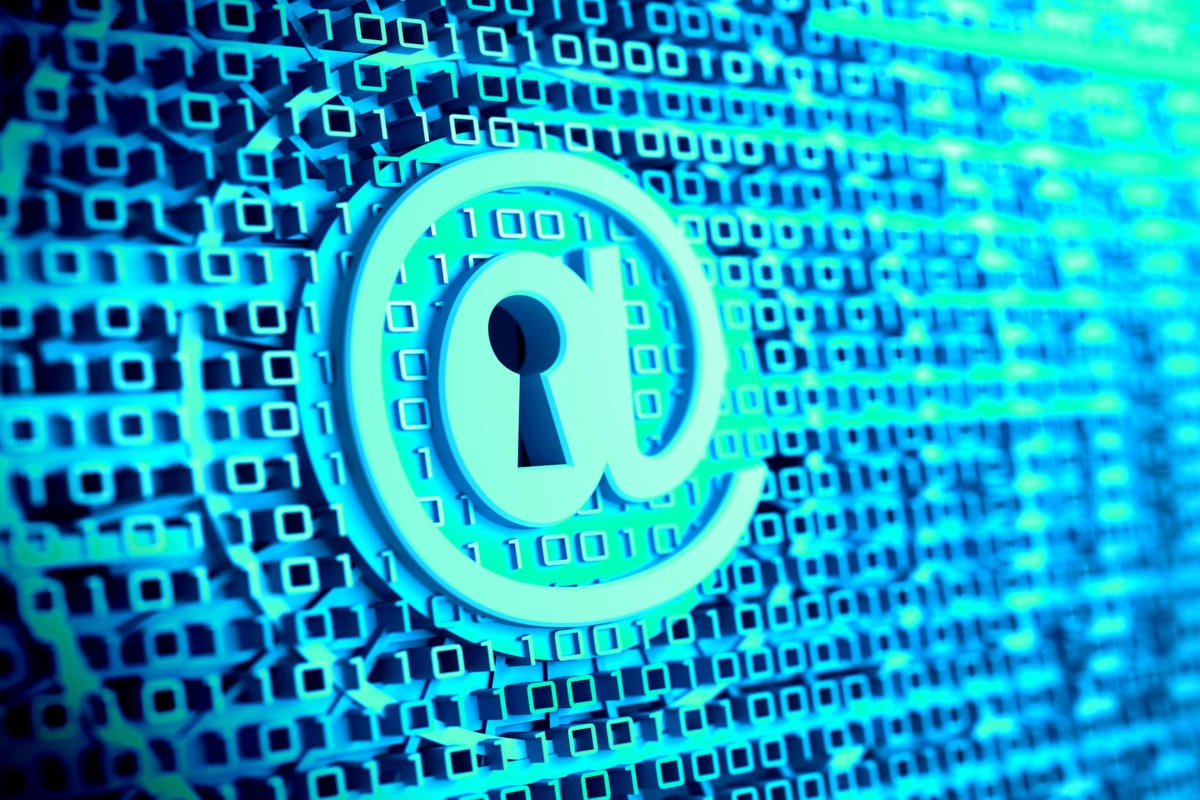A week in security (January 20 – 26)
Credit to Author: Malwarebytes Labs| Date: Mon, 27 Jan 2020 17:17:14 +0000
 | |
| A roundup of the previous week’s most notable security stories and events, including tech support scams, deepfakes, and the latest ransomware attack in Florida. Categories: Tags: Appleawisblog recapbreachfacebook phishingfake job listingsGooglehiring scamJhoneRATNest IOTPupyRATransomwareratremote access Trojansextortiontech support scamTHSuiteTinderweekly blog roundup |
The post A week in security (January 20 – 26) appeared first on Malwarebytes Labs.
Read More


